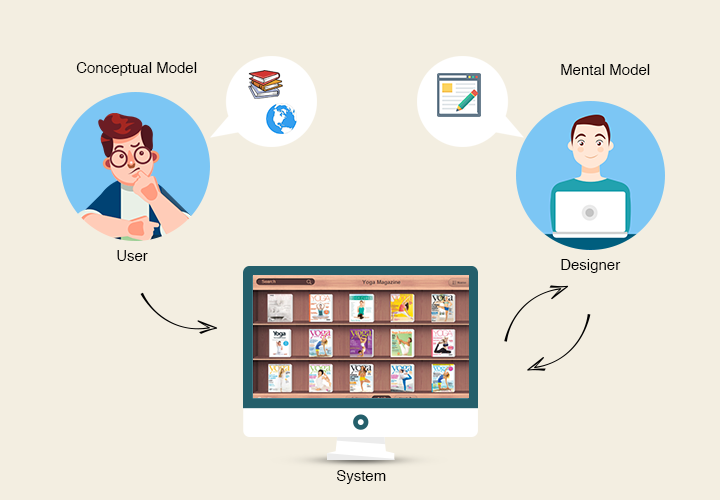8 Common UX Design Mistakes
May 14, 2021 8401 seen
What is UX Design?
User Experience Design (UX) - Process of Designing products that are useful, clear, and easy to interact with. In the other words, it is the system that offers a great user experience. This includes the design of the entire process of acquiring and integrating the product, which involves aspects of branding, design, usability, and function. It focuses on the user expectations and needs of the platform.
We have created a list of 8 mistakes that every designer unknowingly commits.
1. Putting UI over UX
Huge mistake from almost everyone who started their career in UX.
The beautiful and trendy interface will not resolve all users’ issues. Having a great interface is good, but on the other side, people use the product for a specific purpose. It might be anything, but they just want to get things done.
It is better to provide an ‘invisible UX’ with a not-so-fresh look than build a trendy interface with a bad experience.
Don’t prioritize UI over UX. Your product must have the perfect balance between creativity and functionality. While aesthetic aspects are important to UX, they shouldn't overlap the functionality of your website. Users want creativity, but they also want tasks to be done easily.

2. Copying Design
Overall, copying designs isn’t bad if it is done appropriately.
Without testing you can't just predict if a function will be useful or not.
Always test your solutions on real users, build some prototypes, or launch and measure your results. Measuring your result will help you drive in the right direction.
3. Doing No Research
By doing UX Research you will understand the user’s needs, behavior, experience, and motivations.
Research is very important for your project. It will prevent you from designing for one user: yourselves. For example, you can’t sell sweets to people with diabetes. Knowing your audience, knowing your business or products are key things. The better you know, the more accurate will be the outcome.
4. Overconfidence
Confidence is good, overconfidence is not. It is better to be shy rather than being overconfident. Shy Designer will check every solution and every step. Overconfident designers won't go for any of these options.
As a designer, you need to know what to expect from a design, and that awareness should be minimized through iteration, testing, validation, and of course, research.

5. No Communication
Designers are responsible for the whole process not only in terms of UX and UI but also for team collaboration, processes between other departments, and customer development. Moreover, designers have to explain every single decision that they made. Here is an important question. How can you understand user needs without asking them? Right, you can’t. UX involves users as a ‘center of the universe and it is important to gather around their needs and preferences through conversations during interviews, surveys, and discussions.
6. Not-Responsive Design
Even though responsive design is a term that everyone knows, some websites don't adapt to different screen sizes. Responsive design makes your site flexible for all screen resolutions and devices of your users, and this is one of those mistakes you shouldn't make.
7. Long Forms
Short forms are popular on websites these days as they enable more user engagement. Author Susan M. Weinschenk clearly states in "100 Things Every Designer Should Know About People" that humans can typically only remember or process 4 things at a time. Simply put, long shapes can help you weed out chaff from a user's point of view. But first of all, try short forms before experimenting with long ones.
8. Letting Trends Guide Your Thinking
Trends are changing rapidly. One template was popular last week and will not be relevant next week. Most of the things you see on Dribbble or Behance cannot and will never come true due to their usability and lack of good user experience.

Related Tutorials


